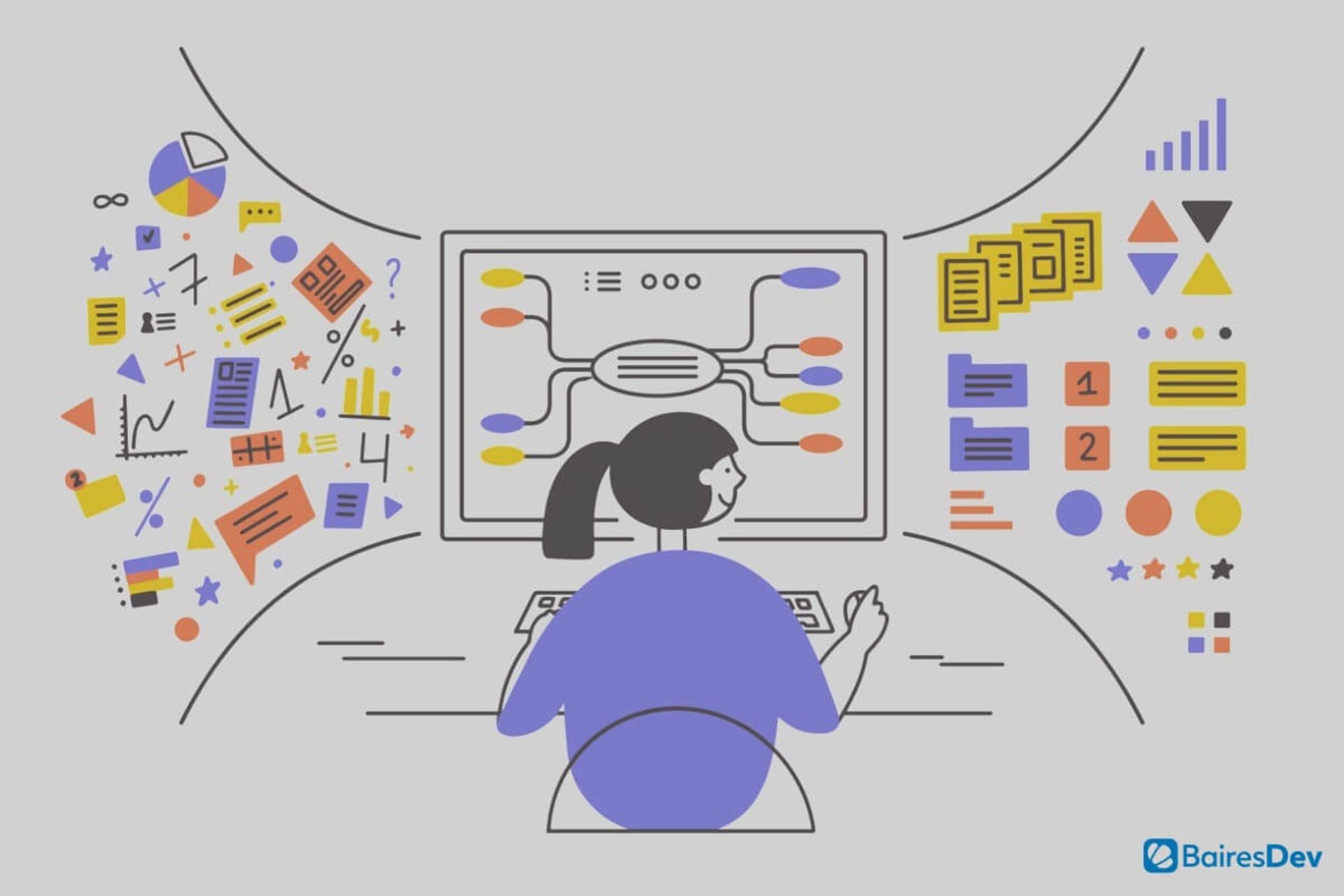Education of all levels, from kindergarten through graduate programs, is evolving in myriad ways. The pandemic certainly accelerated transformation, but that was a long time overdue.
No longer can educators and academic institutions rely on traditional methods of teaching and learning. Instead, they must turn to radical innovations.
Fortunately, we live in an age of big data, produced by the many technologies available to us. This information is more than just a series of numbers — it enables educators to know what’s working, what’s not, whom they’re reaching, and how they can do even better.
With so much data at our fingertips, how do we best leverage it toward the goal of educational revamping?
How Is Big Data Used in Education?
Big data has numerous applications to and within the world of education. It can answer questions relating to topics like:
- Enrollment surges and declines
- Educator needs
- Individual learning experiences
- Most or least beneficial environments for learners
- Productivity in the classroom and beyond
- Attendance
- Persistence
- Grades and other metrics
- Testing and evaluation
- Student success and outcomes
- Potential education landscape futures
By analyzing data in these and other key areas, educators and educational institutions can begin to understand how the elements contribute to the bigger picture and find ways to improve.
5 Benefits of Using Big Data in Education
1. It Enables You to Personalize Instruction
No teaching approach is one size fits all. But too often, educators are tasked with finding ways to appeal to learners with various styles of absorbing information and engaging in the process. Big data allows you to assess patterns and see how students are responding to lessons of different types.
In turn, this allows educators to personalize and customize the experience for their students. Using the information they have gained, they will be able to adjust their approaches, including the types of courses they offer, to meet the needs of each individual learner, rather than attempting to use one single approach for everyone. Additionally, they can explore a range of tools to assist them in creating multiple experiences that cater to unique needs.
2. It Allows You to Identify At-Risk Students Early on
Too often, students fall behind or stop out entirely, outcomes that could have been entirely preventable. Perhaps a teacher noticed that their student was struggling only after a late-term examination. Or maybe they simply have too many learners and don’t have time to spot those who aren’t grasping the material at the same pace as their peers.
But thanks to tools like predictive analytics, educators will be better equipped to pinpoint learners that may need extra support before it becomes a problem — even before the student begins the course. These types of tools mine the data to identify students who may have struggled in gateway courses or prerequisites, for instance. They can also look to factors like demographics — for example, first-generation students.
Armed with this information, educators and their institutions are better prepared to support their students and help them to persist.
3. It Centralizes and Makes Information Accessible
One of the most important features of big data technologies is reporting. That means you will be readily able to access the information you need from platforms equipped with dashboards and other tools, whether you’re looking for student transcripts or attendance records. This is a way to store information and view comprehensive reports with the very data you need.
This also means that anyone who needs it — teachers, administrators, students, or others — will be able to access this data from a centralized location. You can, of course, adjust the settings to ensure that this central hub is kept private and secure and that only those who should be able to see it do. Ultimately, this type of system makes it significantly easier for all relevant parties to have the resources and materials they need to make informed decisions.
4. It Improves Efficiency
In the past, professionals in all fields have had to wait for information, analyzing it as it became available to them, which could be days, weeks, or even months into the future. Thanks to big data, this is no longer the case. You are able to view data and results in real time, allowing you to make decisions with much greater efficiency.
Consider, for example, a sudden enrollment decline. With data analytics and reporting features, educational institutions will be able to see what’s going on immediately and take action quickly. You can also see comparisons year over year or month over month, enabling you to assess trends and determine how to best proceed. You can even move the same day — there’s no need to wait around for that critical information.
As mentioned, these tools centralize information, meaning you and your employees can find and view it more quickly, which also contributes to improved efficiency.
5. It Contributes to Cost Savings
Finally, big data helps your organization save money. As you’re well aware, cutting costs is critical across the education sector, where funding is limited.
Numerical information gives you greater insight into how you’re using resources — whether you might be wasting money on programs that aren’t working, how well the tools you’ve invested in are functioning, and much more. You can see whether you should be investing more or less in certain courses, and you can assess the performance of your educators.
In turn, you’ll be better equipped to allocate your resources, as well as make better decisions about where and how to spend money in the future. This helps you eliminate unnecessary expenditures and gain more value from your efforts.
Of course, big data alone won’t solve all your problems, but using it effectively will enable you to have a clearer picture of your current status, identify gaps, and set meaningful goals — improving your organization for the present and future.







